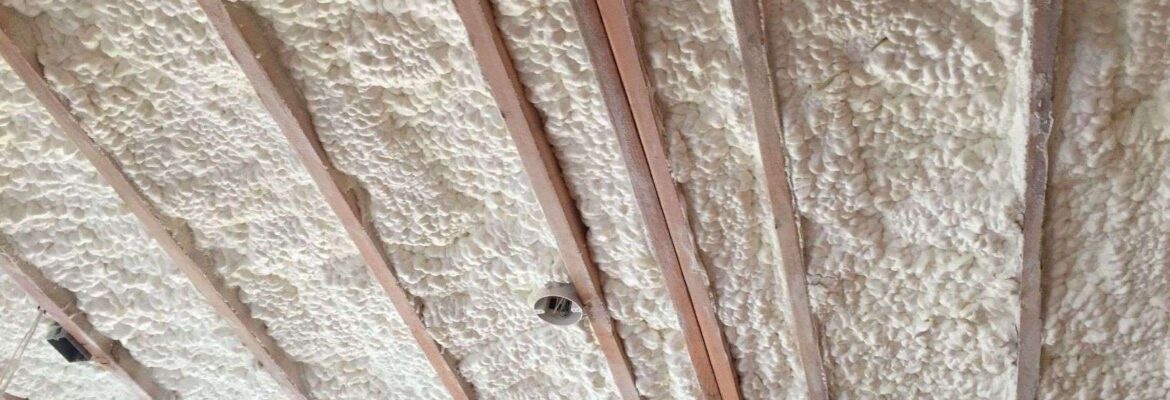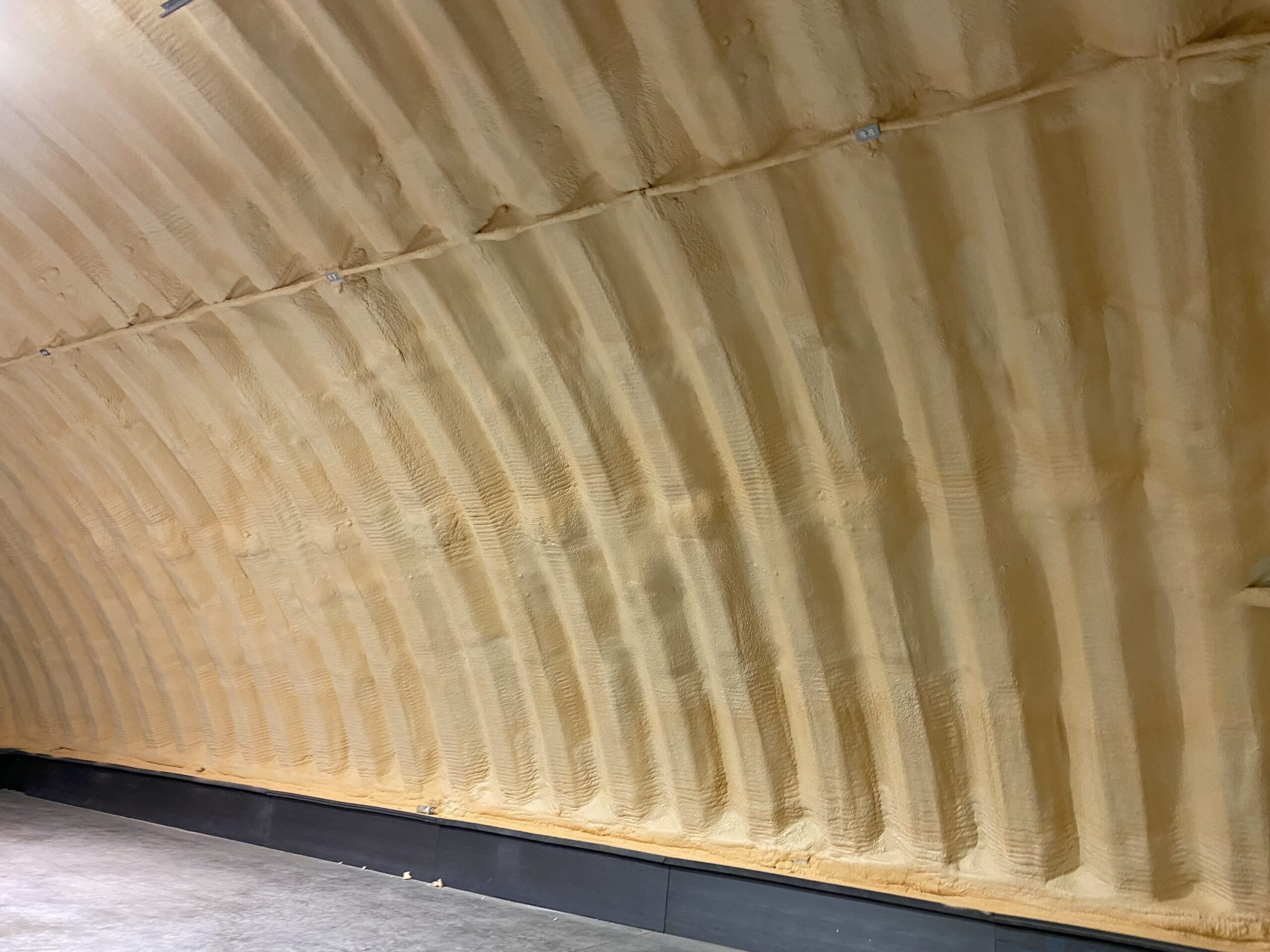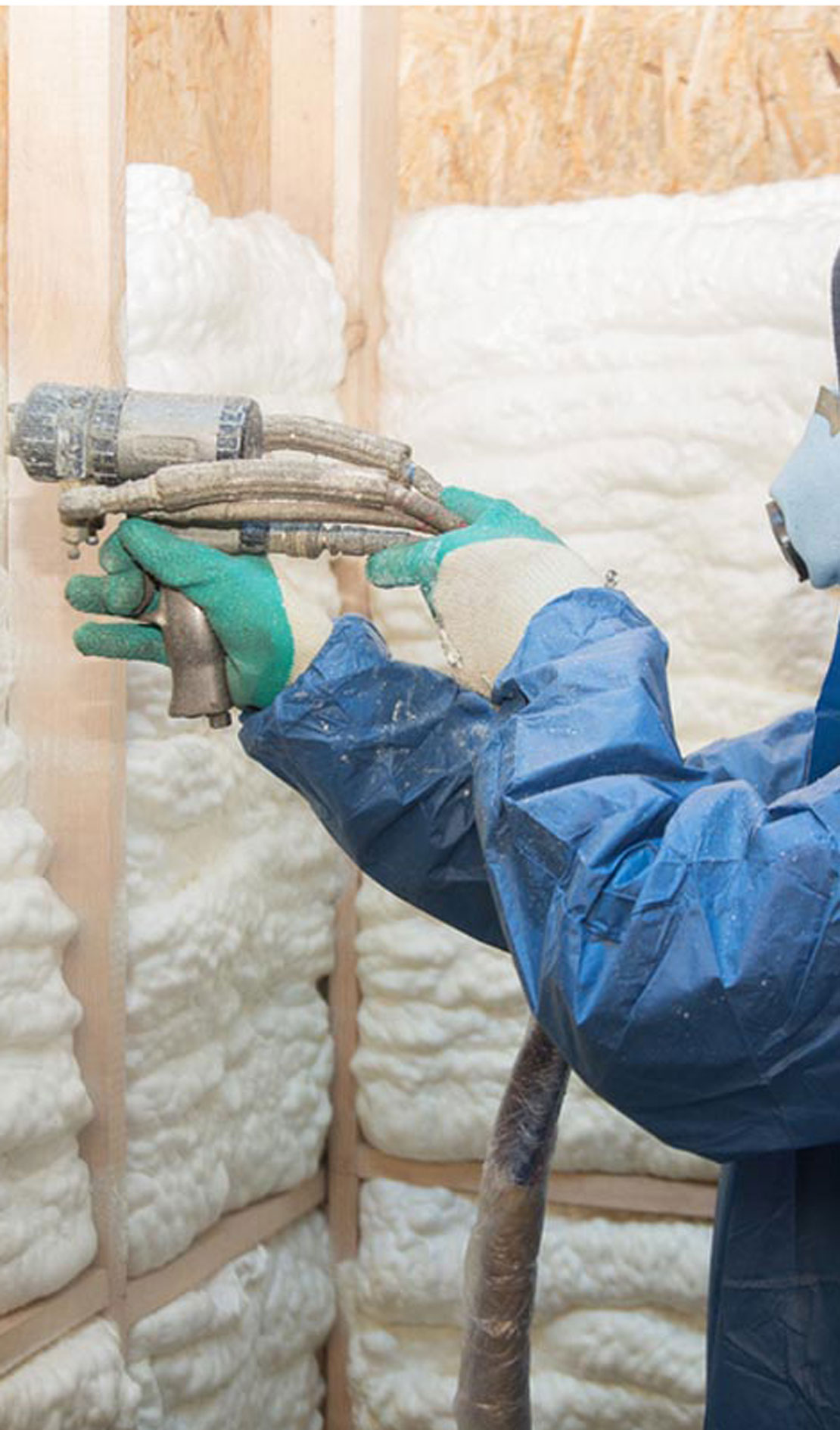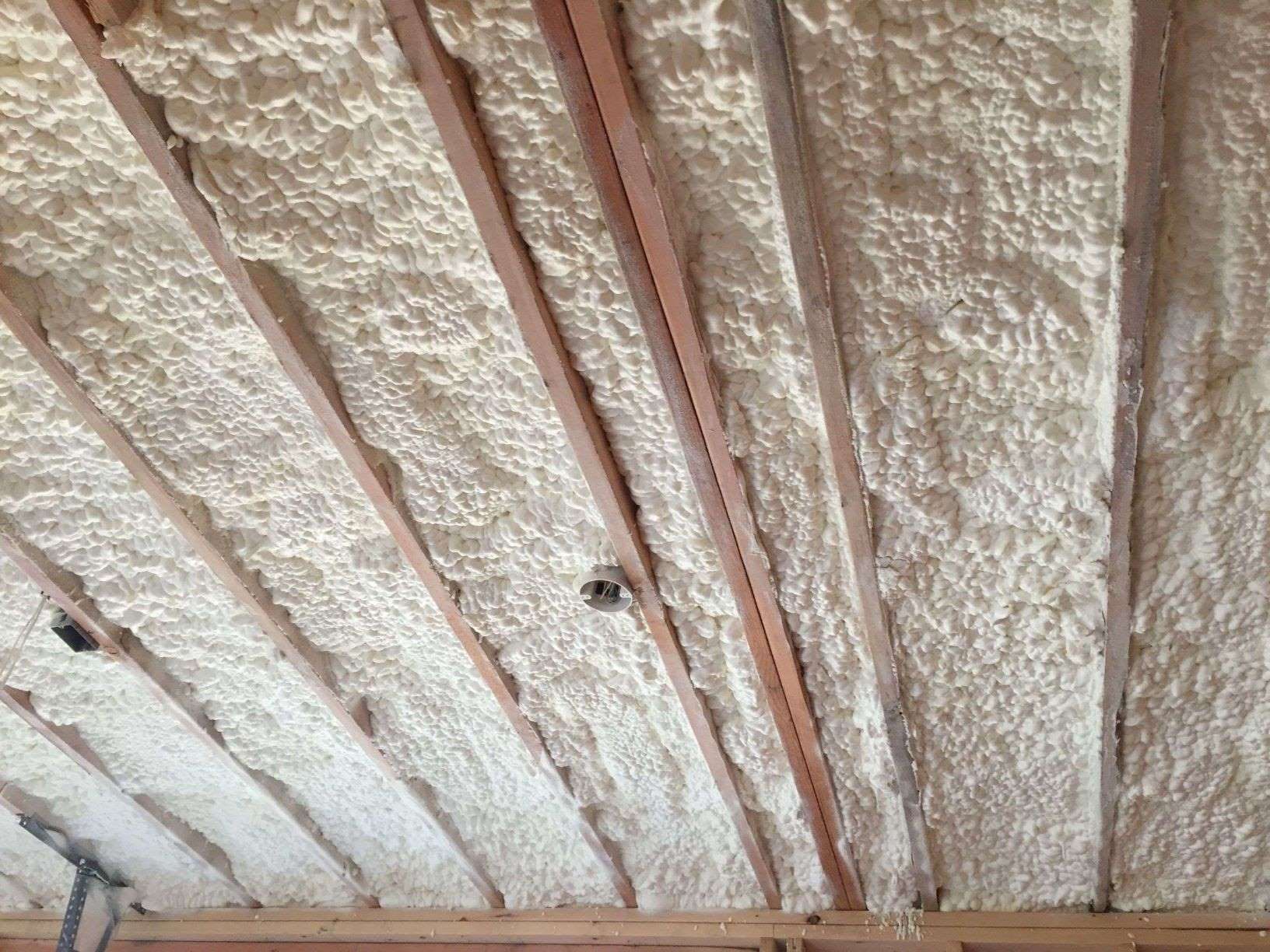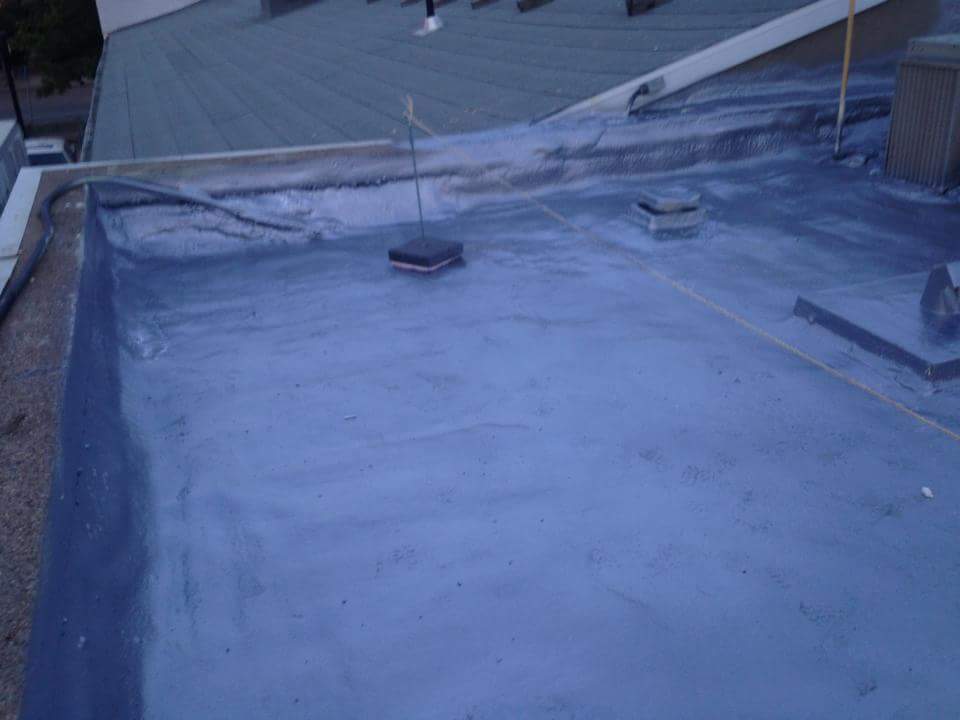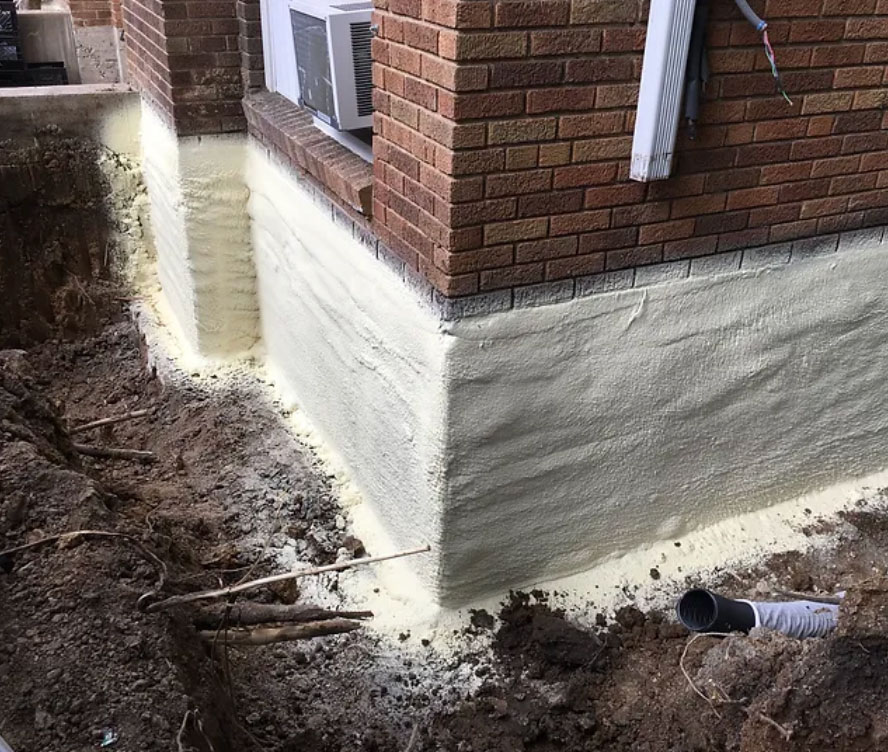1/2 lb open-cell spray foam is a type of insulation made from a polyurethane foam that is applied as a liquid but expands to a foam when sprayed onto surfaces. The "1/2 lb" refers to the density of the foam—specifically, it means that one cubic foot of the foam weighs approximately half a pound. This lower-density foam is known for its ability to expand and fill gaps and voids, providing both thermal insulation and air sealing as a complete spray foam solution.
Key Characteristics of 1/2 lb Open-Cell Spray Foam:
- Open-Cell Structure:
Open-cell spray foam has a structure where the individual foam cells are not fully enclosed. This makes the foam softer and more flexible compared to closed-cell spray foam. Open-cell foam is generally more affordable and easier to work with, but it also absorbs moisture, which can affect its insulating properties in some situations. - Thermal Insulation:
While it doesn't have the same R-value per inch as closed-cell foam, open-cell foam provides good thermal insulation. It typically has an R-value of around 3.5 to 3.8 per inch of thickness. The R-value measures the foam's resistance to heat transfer—higher R-values mean better insulation. - Air Barrier:
One of the main benefits of 1/2 lb open-cell spray foam is that it serves as an excellent air barrier. It expands as it's applied, filling small cracks and gaps that could otherwise let air leak through. This can significantly reduce drafts and improve energy efficiency in a building. - Soundproofing:
Open-cell foam has good soundproofing qualities. Because it is softer and more flexible, it can help reduce the transmission of sound between rooms or from the outside. This is especially useful in reducing noise in walls, ceilings, and floors. - Moisture Absorption:
A key downside of open-cell foam is that it can absorb water. While this is not necessarily an issue in dry environments, it can cause the foam to lose some of its insulating properties if exposed to moisture over time. For this reason, it's important to use open-cell foam in areas that are unlikely to experience significant water exposure, such as attics, walls, and ceilings. - Expansion:
Open-cell foam expands significantly when applied, typically expanding to about 120-150 times its original volume. This allows it to fill small gaps and create a seamless, airtight barrier when sprayed into walls, ceilings, and other cavities.
Common Uses:
- Residential Insulation: Used in attics, walls, basements, and ceilings to improve energy efficiency and reduce air leakage.
- Soundproofing: Used in both residential and commercial spaces where noise reduction is a concern
